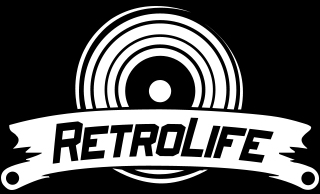When you listen to vinyl records, the turntable speed is one of the most critical factors affecting sound quality. If your record player spins too fast or too slow, your music will sound off-pitch or distorted. Many vinyl lovers often search for questions like “how to adjust turntable speed” or “why is my record player playing too fast?”. In this guide, we’ll explain how to maintain the correct speed on your turntable, why it matters, and which record players are best for reliable playback.
Why Turntable Speed Matters
Turntables typically operate at 33⅓ RPM (revolutions per minute) or 45 RPM, depending on the record size. If the speed is inaccurate:
- Music will sound unnatural (too slow or too fast).
- The needle can wear your vinyl unevenly.
- Audio quality will decrease, especially with analog signals.
Common Causes of Speed Issues
Speed instability can be caused by several factors:
- Worn belts: Belt-drive turntables can slow down if the belt stretches.
- Dust or dirt buildup: A dirty motor or platter can create friction.
- Incorrect tracking force: Too much tonearm pressure can impact rotation.
How to Check Your Turntable Speed
To ensure accurate speed:
- Use a strobe disc: A strobe disc and light help measure RPM precisely.
- Try a smartphone app: Apps like RPM Speed & Wow or PlatterSpeed can detect speed inconsistencies.
- Listen for pitch changes: If music sounds off-pitch, speed adjustments may be needed.
How to Maintain the Correct Speed
Here’s how to keep your turntable running smoothly:
- Clean the platter and belt: Regularly remove dust or grime.
- Replace old belts: Belt-drive players require belt replacement every 1–2 years.
- Lubricate the motor (if needed): Some turntables benefit from light oiling.
- Use stable power sources: Voltage fluctuations can affect speed.
- Store the player properly: Avoid heat and humidity, which can warp components.
Maintaining the correct turntable speed ensures that you hear your music as the artist intended: warm, rich, and distortion-free. Whether by cleaning your belt, checking RPM with a strobe disc, or upgrading to a more reliable record player, the effort is worth the improved sound quality.

